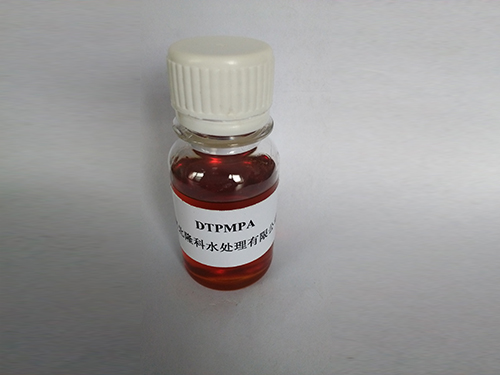polyacrylamide water treatment
Polyacrylamide in Water Treatment A Comprehensive Overview
Water treatment is a crucial process for ensuring the safety and quality of water supplied to households and industries. Among the various chemical agents used in water purification, polyacrylamide (PAM) has emerged as a prominent player due to its effectiveness and versatility. This article will explore the role of polyacrylamide in water treatment, along with its benefits, applications, and environmental considerations.
What is Polyacrylamide?
Polyacrylamide is a synthetic polymer formed from the polymerization of acrylamide monomers. It is available in several forms, including anionic, cationic, and non-ionic varieties, each possessing distinct characteristics suited for various applications. Its primary role in water treatment is as a flocculant, a substance that facilitates the aggregation of particles into larger clusters, or flocs, which can then be easily removed from water through sedimentation or filtration.
Applications in Water Treatment
Polyacrylamide is widely used in several water treatment processes, including
1. Municipal Water Treatment PAM is employed in the clarification of drinking water. It helps to remove suspended solids and reduces turbidity levels, thereby ensuring that the water is clean and safe for consumption.
2. Wastewater Treatment In industrial settings, polyacrylamide aids in the dewatering of sludge. By binding with fine particles, it significantly enhances the efficiency of the separation process, leading to reduced waste disposal costs and improved treatment efficiency.
3. Mining and Oil Recovery PAM is used in the mining industry to control dust and enhance the efficacy of water used in mineral extraction. In oil recovery, it helps improve oil recovery rates by increasing the viscosity of water, thereby aiding in the displacement of crude oil.
4. Agricultural Runoff Management In agriculture, polyacrylamide helps reduce soil erosion and minimize runoff by enhancing water retention in soil. This is particularly important in ensuring that fewer fertilizers and pesticides are washed away into water bodies, thereby protecting aquatic ecosystems.
polyacrylamide water treatment

Benefits of Using Polyacrylamide
The advantages of using polyacrylamide in water treatment processes are manifold
- Efficiency PAM significantly enhances the sedimentation of solids, leading to higher removal rates of impurities within shorter durations.
- Cost-effective While the initial costs of PAM may be higher compared to traditional methods, the overall savings achieved through efficient water treatment processes and reduced sludge handling costs make it a cost-effective choice.
- Environmentally Friendly When used correctly, polyacrylamide is biodegradable and has a minimal environmental impact. Its application helps in enhancing the quality of water bodies, protecting aquatic life and ecosystems.
Environmental Considerations
Despite its many benefits, the use of polyacrylamide must be approached with caution. Improper application or overuse can lead to potential environmental risks, including toxicity to aquatic organisms if PAM escapes into waterways. Therefore, strict adherence to regulatory guidelines and proper management practices is essential to mitigate these risks.
Conclusion
In conclusion, polyacrylamide plays a pivotal role in modern water treatment processes. Its ability to improve the efficiency of water purification while being cost-effective and environmentally friendly makes it an invaluable asset. As water scarcity and pollution remain pressing global challenges, the continued innovation and responsible use of polyacrylamide in water treatment processes will be essential for safeguarding our water resources for future generations.
-
Water Treatment with Flocculant Water TreatmentNewsJun.12,2025
-
Polymaleic AnhydrideNewsJun.12,2025
-
Polyaspartic AcidNewsJun.12,2025
-
Enhance Industrial Processes with IsothiazolinonesNewsJun.12,2025
-
Enhance Industrial Processes with PBTCA SolutionsNewsJun.12,2025
-
Dodecyldimethylbenzylammonium Chloride SolutionsNewsJun.12,2025





